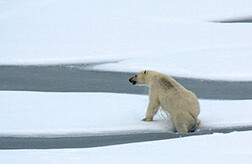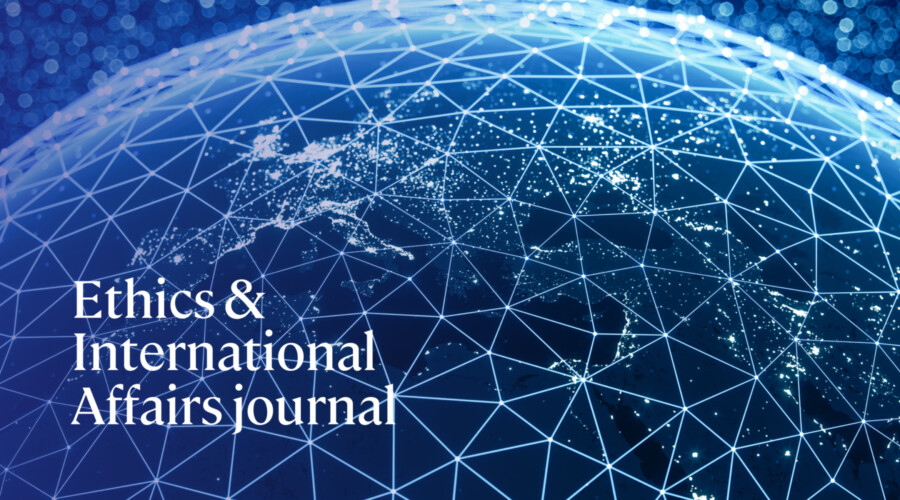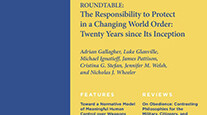That the Arctic is undergoing transformative changes driven in large part by external forces is no longer news.1 The high latitudes of the Northern Hemisphere, which are not themselves significant sources of anthropogenic emissions of greenhouse gases (GHGs) or short-lived climate pollutants (such as black carbon soot), are experiencing effects attributable to climate change that are equal to or greater than those occurring in any of the planet’s other large regions.2 Prominent among these effects are rising surface temperatures, a deepening of the active layer of the permafrost, the collapse of sea ice, increases in the intensity of coastal storm surges made possible by the retreat of the sea ice, accelerated melting of the Greenland ice sheet, and the acidification of marine systems. The deposition of black carbon in the high north alone—almost 60 percent of which is thought to originate in Europe3—appears to account for half or more of the increase in temperature occurring in the Arctic.4 Positive feedback processes, such as lowered albedo (that is, the capacity of Earth’s surface to reflect incoming solar radiation back into space) following the melting of ice at sea and snow on land, have the effect of magnifying the impact of these external forces. Nowhere is the challenge of adapting to the impacts of climate change more urgent than in Arctic coastal communities confronted with the need to relocate to avoid physical destruction.5 And nowhere are the threats to individual species (for example, the polar bear) and whole ecosystems more severe than they are in the Arctic, where biophysical changes are outstripping the capacity of plants and animals to adapt to altered conditions.6
To read this article in full, please click here.
NOTES
1. Ambio, Special Issue: “The Arctic in the Earth System Perspective—The Role of Tipping Points,” Ambio 41, no. 1 (2012); and James Astil, “The Melting North,” Economist, Special Report: The Arctic, June 16, 2012.
2. Arctic Monitoring and Assessment Programme, “Snow, Water, Ice, and Permafrost in the Arctic Region” (Oslo: AMAP, 2011).
3. Sandra Cavalieri et al., EU Arctic Footprint and Policy Assessment (Berlin: Ecologic Institute, 2010).
4. UNEP/WMO, “Integrated Assessment of Black Carbon and Tropospheric Ozone”; www.unep.org/dewa/Portal/67/pdf/BlackCarbon/_SDM.pdf; and Economist, “Climate Change in the Arctic: Beating a Retreat,” September 24, 2011.
5. Government Accountability Office, Alaska Native Villages: Limited Progress Has Been Made on Relocating Villages Threatened by Flooding and Erosion, GAO-09-551 (Washington, D.C.: GAO, 2009).
6. Larry Greenemeier, “U.S. Protects Polar Bears under Endangered Species Act,” Scientific American, May 14, 2008; www.scientificamerican.com/article.cfm?id=polar-bears-threatened.



